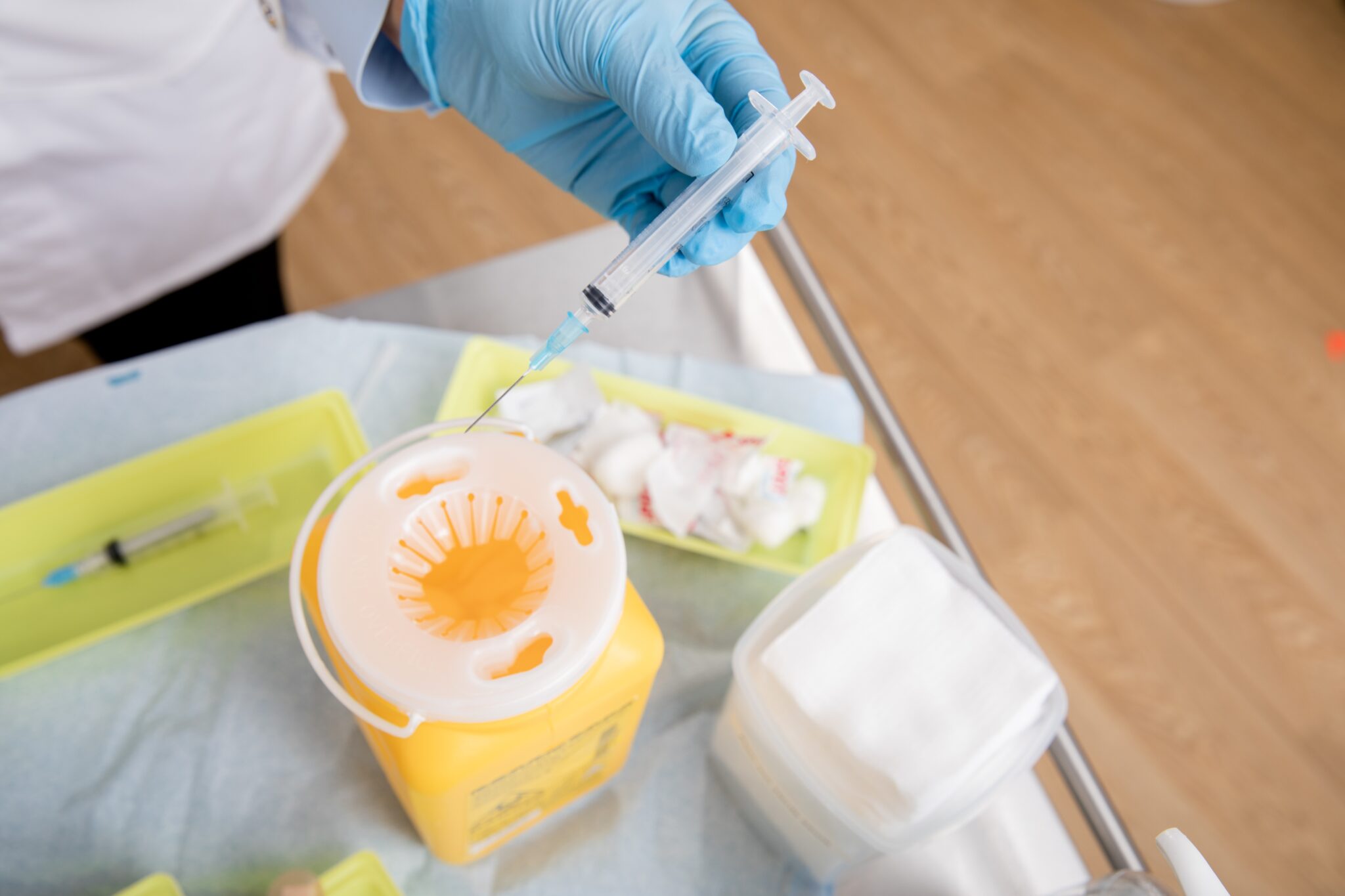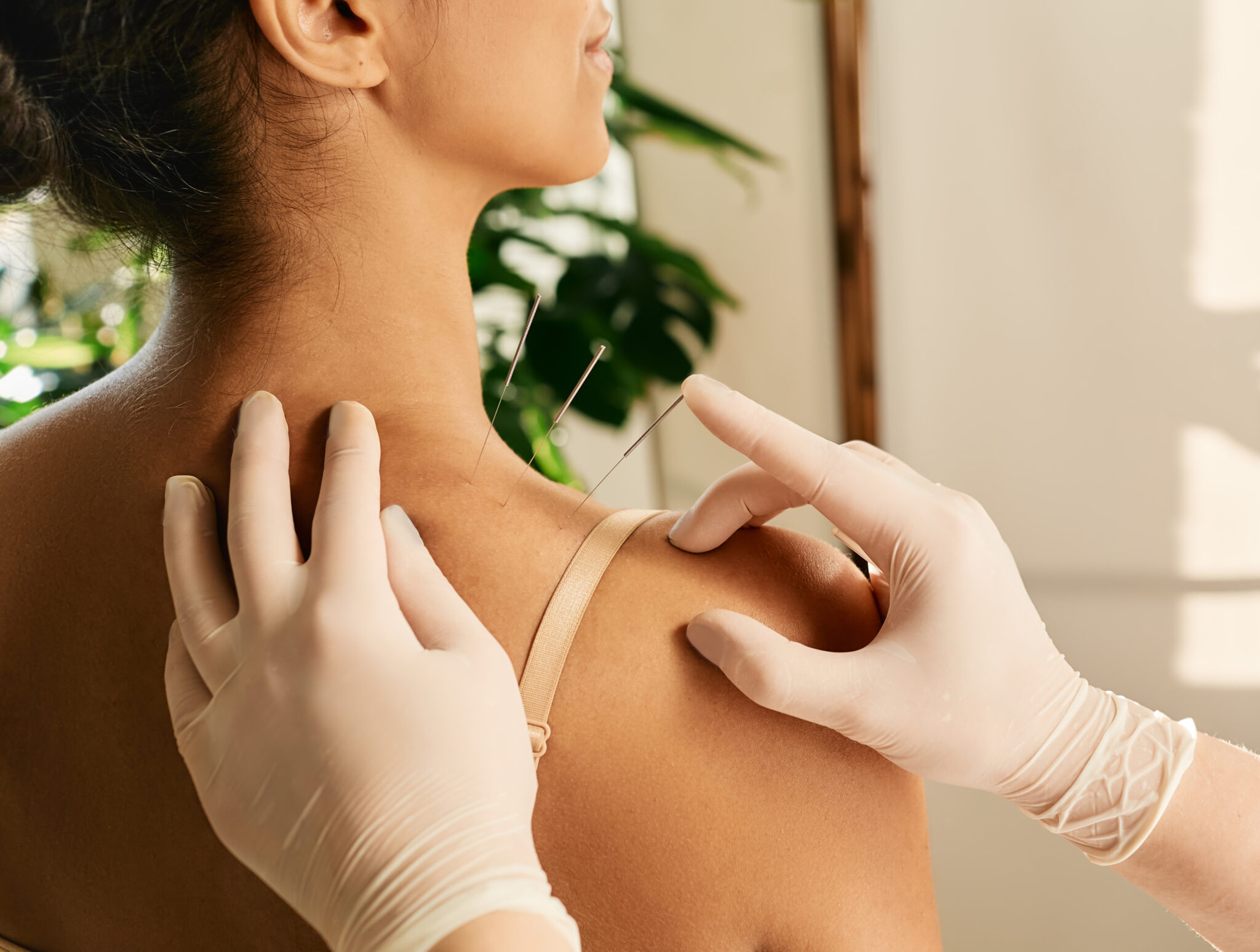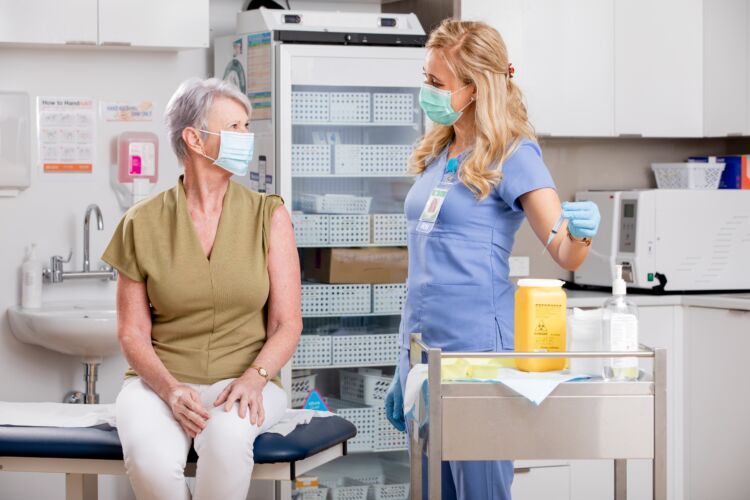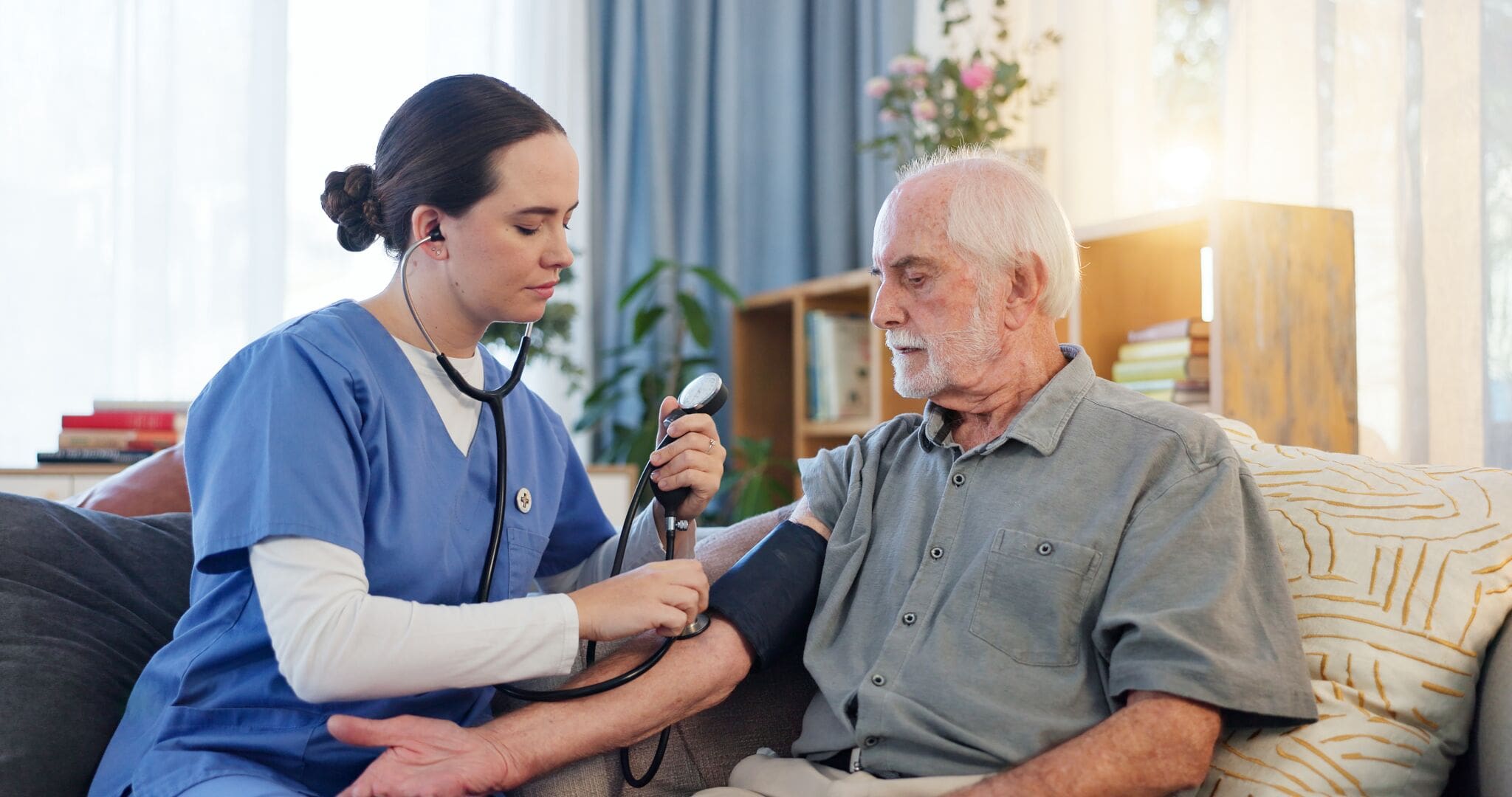In this article
Whether you’re a healthcare professional, someone managing a condition like diabetes at home, or a local authority worker, the safe disposal of needles and sharps is essential, not just for your safety but for the wider community. Every year, thousands of injuries are caused by improperly discarded sharps, leading to distress, potential infection and a significant burden on health services. According to the British Journal of Nursing, 3.5 million health workers report sharps injuries each year across the globe.
Disposing of needles and sharps correctly is more than a personal responsibility. It is also a legal and environmental duty. From strict regulations around clinical waste to practical solutions for home users, understanding how and where to dispose of sharps can prevent injuries, safeguard the environment and ensure compliance with public health standards.
In this article, we’ll break down everything you need to know about the safe disposal of needles and sharps, including the reasons it matters, how to do it properly, what the law says, and what can happen when guidelines aren’t followed.
Why is Safe Disposal Important?
Improper disposal of needles and sharps poses serious health, safety and environmental risks. In healthcare settings, at home, or in the community, discarded sharps that are not dealt with correctly can cause harm in several ways.
Preventing Needlestick Injuries
One of the most immediate concerns is the risk of needlestick injuries. These injuries can occur when sharps are left in general waste, public areas or improperly sealed containers. Such injuries are not only painful and distressing, but they can also transmit blood-borne viruses such as hepatitis B, hepatitis C and HIV.
Healthcare workers, refuse collectors, street cleaners and even members of the public (especially children) may be exposed to discarded sharps if disposal protocols aren’t followed. The emotional impact of a needlestick injury, even when the risk of infection is low, should not be underestimated.
Protecting Public and Environmental Health
Improperly disposed sharps can end up in places where they present a real hazard: public bins, parks, beaches or sewage systems. This isn’t just a safety issue, it’s also an environmental one. Sharps contaminated with blood or medication residues can pollute water systems and soil, posing additional long-term environmental risks.
Supporting Safe Waste Management
Waste operatives are often amongst the most vulnerable when sharps are incorrectly discarded. If needles are placed into standard waste streams or recycling bins, workers sorting through waste may be unknowingly exposed to hazardous materials. Safe disposal protects these workers and ensures the waste is processed in line with health and safety regulations.
Legal and Ethical Responsibilities
Organisations have a duty of care to their employees, patients and the wider public. Safe sharps disposal is not just good practice, it’s often a legal requirement, particularly in healthcare and social care settings. Non-compliance can lead to regulatory breaches, inspections and even prosecutions, especially if someone is harmed as a result.
In short, safe disposal is not just about avoiding fines or following protocol; it’s about doing the right thing to protect people, uphold public trust and preserve environmental safety.
How Should You Dispose of Needles and Sharps?
Safe disposal of needles and other sharps starts with proper handling and the use of appropriate containers. No matter the context of the sharps being used, following a clear disposal procedure is really important for avoiding injury and contamination.
Using a Designated Sharps Container
The only safe way to dispose of used needles and sharps is in a specially designed sharps container. These are rigid, puncture-proof and usually have a yellow body with a colour-coded lid to indicate the type of waste being collected.
| PURPLE | The disposal of sharps contaminated with cytotoxic and/or cytostatic medicinal products and their residues (i.e. anything that changes a cell structure) |
| YELLOW | The disposal of sharps contaminated with medicinal products and their residues other than cytotoxic and cytostatic medicines. |
| ORANGE | The disposal of sharps not contaminated with medicinal products and their residues, such as needles for taking blood, scalpel blades or contaminated broken glass. This also includes non-pharmaceutical sharp waste such as piercing or tattoo needles. |
Sharps containers must:
- Be clearly marked and labelled.
- Have a secure lid that cannot be reopened once closed.
- Be kept out of reach of children and pets.
- Be positioned at the point of use (e.g. where injections are administered).
Sharps should never be disposed of in household bins, recycling containers or plastic bottles. Improvising with unapproved containers increases the risk of injury and contamination.
Dos and Don’ts of Sharps Disposal
Do:
- Dispose of sharps immediately after use.
- Drop the sharp directly into the container without passing it hand to hand.
- Close and seal the sharps bin when it reaches the fill line (usually ¾ full).
- Wash your hands after disposing of sharps.
Don’t:
- Recap or bend needles. This increases the risk of accidental needlestick injury.
- Overfill the sharps container. This makes it harder to close safely.
- Attempt to retrieve items once they’ve been placed inside.
- Dispose of sharps in household waste or down the toilet.
What Counts as a ‘Sharp’?
A ‘sharp’ is any object that can puncture or cut the skin. In healthcare and home medical use, this typically includes:
- Hypodermic needles.
- Insulin pens.
- Lancets or finger-pricking devices.
- Syringes (with or without the needle attached).
- Infusion sets.
- Broken ampoules or glass vials.
- Scalpel blades.
All these items must be handled with care and disposed of in a sharps container, regardless of how small or seemingly harmless they appear.
Home vs Clinical Settings: Adjusting Disposal Practice
In healthcare settings, sharps disposal is usually handled by trained staff following strict protocols. However, individuals managing conditions like diabetes or hormone therapy at home must also follow best practice. Many areas provide household sharps bins free of charge or on prescription and offer return or collection schemes to ensure safe disposal.
Community carers and care home staff must be especially vigilant as they often work in environments where control over disposal methods can vary. Training, access to sharps bins and adherence to workplace policies are essential in these settings.
Where Do You Dispose of Needles and Sharps?
Disposing of sharps safely does not end when they are in the container. Knowing where and how to return or collect the full container is just as important. Disposal routes vary depending on whether you are a healthcare provider, a care worker or an individual managing your own health needs at home.
NHS and Pharmacy Collection Schemes
In many areas across the UK, local pharmacies participate in NHS-backed schemes where patients can return full sharps containers. Some pharmacies will also issue new containers as part of the service. These schemes are especially useful for individuals who self-inject for conditions such as diabetes, fertility treatment or hormone therapy.
Before relying on a local pharmacy for disposal, always check in advance. Participation in the scheme can vary.
Local Authority Disposal Services
Your local council is often responsible for providing household clinical waste collection services. This may include:
- Free home collection services: where full sharps bins are collected and replaced on a regular schedule.
- Drop-off points: such as at designated council facilities or medical centres.
- Request-based pickups: where you contact the council to arrange a one-time collection.
GP Surgeries and Community Health Clinics
Some GP practices and community health clinics accept sharps containers from registered patients. However, this is not universal. It is important that you call ahead to confirm whether they can receive a sharps bin and whether they provide replacement bins.
Community nurses and carers working through NHS services usually have arrangements in place for managing sharps bins as part of patient care plans.
Private Healthcare and Residential Care Settings
In private or residential care settings, sharps disposal is usually managed in-house. This involves:
- Using licensed clinical waste disposal contractors.
- Maintaining logs and waste transfer notes for compliance.
- Ensuring proper staff training and PPE availability.
- Having clearly designated storage areas for full sharps bins before collection.
Failure to comply with sharps disposal protocols in care settings can lead to regulatory breaches, fines or poor CQC inspection outcomes.
What if There’s No Collection Scheme?
In some remote or rural areas, standard collection schemes may not be available. In such cases, arrangements can often be made through district nursing services or general public health departments. Never resort to placing a sealed sharps bin in general waste. This puts others at risk and may be illegal.

Sharps Disposal in Non-Medical Professional Settings
It’s not only healthcare professionals who must manage sharps safely. Industries such as tattooing, body piercing and acupuncture also generate clinical waste and must follow strict disposal procedures. In these settings, failure to dispose of sharps properly can lead to injury, reputational damage and legal consequences.
Sharps Disposal for Tattoo and Piercing Studios
Tattooists and body piercers are legally required to follow strict sharps disposal procedures under health and safety regulations. These businesses generate clinical waste, including used needles, razors and ink-contaminated items, all of which must be treated as hazardous.
Sharps used in these environments must be:
- Disposed of in yellow-lidded sharps bins immediately after use.
- Collected by a licensed clinical waste contractor.
- Stored securely on site in a locked area while awaiting collection.
- Tracked via appropriate waste transfer documentation.
Regular staff training on sharps handling, infection control and cross-contamination prevention is also essential in these high-risk environments.
Sharps Disposal for Acupuncture Clinics
Acupuncturists use fine, sterile needles as part of their treatment and are legally required to dispose of them as clinical waste after a single use. Even though the needles used are often thinner and smaller than those in medical or tattooing settings, they still pose a risk of injury and infection if not handled correctly.
Key disposal practices for acupuncture include:
- Immediate disposal of used needles into an approved sharps container.
- Never reusing needles, even if they appear clean.
- Using a licensed clinical waste contractor for regular sharps bin collection.
- Complying with waste transfer and record-keeping requirements.
Most acupuncturists in the UK are self-employed or work in private clinics, meaning they are responsible for setting up their own waste collection contracts and ensuring their practice meets local authority and Environment Agency regulations.
In many areas, practitioners must also register with their local council’s environmental health team and demonstrate safe sharps handling procedures as part of their licensing or premises approval.

What Are the Regulations for Sharps Container Disposal?
Sharps disposal in the UK is tightly regulated to protect public health, workers and the environment. Private individuals, healthcare professionals and business owners must adhere to strict legal requirements around how sharps containers are used, stored, transported and disposed of.
Key Legislation and Guidance
Several regulations govern sharps disposal in the UK, including:
- Environmental Protection Act 1990 – Requires all producers of waste, including clinical waste, to handle and dispose of it responsibly.
- Control of Substances Hazardous to Health (COSHH) Regulations 2002 – Sets out employers’ duties to prevent harm from hazardous substances, including contaminated sharps.
- The Hazardous Waste (England and Wales) Regulations 2005 – Requires registration and documentation for the production and movements of hazardous waste, like used sharps.
- The Health and Safety (Sharp Instruments in Healthcare) Regulations 2013 – Mandates specific controls for employers in the healthcare sector, such as the use of safety-engineered devices and staff training to reduce the risk of needlestick injuries.
In addition, guidance is available from:
- The Care Quality Commission (CQC) – For care providers regulated under the Health and Social Care Act.
- Health and Safety Executive (HSE) – For workplace compliance, particularly in non-healthcare settings.
Labelling and Storage Requirements
Sharps bins must:
- Be UN-approved and BS EN ISO 23907-compliant.
- Be colour-coded correctly to indicate the type of waste (e.g. yellow for sharps contaminated with medicines).
- Display clear labels with a start date, fill line and closure date.
- Be stored securely, away from public areas and out of reach of unauthorised persons.
In professional settings, bins must be placed at the point of use to avoid unnecessary movement of used sharps.
Transport and Collection
Used sharps containers must be collected by a licensed waste carrier who is registered with the Environment Agency (or SEPA/NIEA in Scotland and Northern Ireland). A consignment note or waste transfer note is required for each collection, depending on the type of waste and who is disposing of it.
Producers of clinical waste (including tattooists, acupuncturists and care providers) must:
- Retain records of waste transfers for at least two years.
- Ensure containers are sealed before collection.
- Avoid transporting clinical waste in personal vehicles unless registered as a waste carrier.
Responsibilities of Employers and Individuals
Employers must:
- Conduct risk assessments relating to sharps.
- Provide appropriate PPE, training and vaccination (e.g. hepatitis B).
- Ensure access to approved disposal systems.
Individuals such as patients managing long-term health conditions are not typically subject to the same waste documentation rules, but they are still expected to use designated sharps bins and return them via approved local services.
What Happens When Sharps Disposal Guidelines Aren’t Followed?
Failing to follow proper sharps disposal procedures can have serious consequences. Carelessness, lack of training, inadequate systems, and improper handling and disposal of sharps puts people at risk and can lead to legal and financial penalties.
Health Risks
Used needles and other sharps may carry blood-borne pathogens such as Hepatitis B, Hepatitis C, HIV and Tetanus. Accidental contact, particularly through needlestick injuries, can lead to exposure to these infections. Even when the risk of disease transmission is low, the psychological distress and need for testing and follow-up care can be significant.
Improper disposal, such as placing needles in household bins or public spaces, can expose refuse collectors, cleaners and members of the public to unnecessary danger.
Legal and Regulatory Consequences
Organisations that fail to follow sharps disposal regulations may face:
- Fines and prosecution under health and safety or environmental legislation.
- Enforcement action from the Health and Safety Executive or the Environment Agency.
- Negative inspection outcomes, such as a poor rating from the Care Quality Commission.
- Business licence suspension or revocation, particularly for tattoo, beauty or care service providers.
For example, a care home that fails to maintain proper sharps disposal systems may be found in breach of the Health and Social Care Act and face immediate action from regulators.
Environmental Impact
Discarded needles pose a hazard in public areas such as parks, beaches and public toilets. In addition to the risk of injury, they contribute to general waste contamination, pose disposal challenges for local authorities, and can cause public outrage or loss of trust in local services.
Environmental contamination from clinical waste can also occur when sharps are incinerated or handled improperly by unlicensed operators.
Damage to Reputation and Trust
In care settings, trust is critical. Poor hygiene practices or safety breaches can damage the confidence of patients, clients and regulators. A single high-profile incident involving an incorrectly disposed sharps item can undermine the reputation of a business or service provider for years to come.
Sharps Injury
A sharps injury, commonly referred to as a needlestick injury, occurs when a needle or other sharp object accidentally punctures the skin. These incidents are not only physically painful but carry the risk of transmitting blood-borne viruses and other infections.
Who Is Most at Risk?
Sharps injuries can affect a wide range of people, including:
- Healthcare professionals (e.g. nurses, carers, paramedics)
- Tattooists and body piercers
- Acupuncturists and holistic therapists
- Cleaners, waste handlers and public services staff
- Members of the public, especially in areas where needles are discarded improperly
In medical and care settings, the risk often arises during procedures, waste disposal or when handling sharps bins. In public areas, injuries typically happen due to discarded or hidden sharps.
Immediate Steps After a Sharps Injury
If a sharps injury occurs:
- Encourage bleeding by gently squeezing the wound but do not suck it.
- Wash the area thoroughly with soap and warm water.
- Dry and cover the wound with a sterile dressing.
- Seek immediate medical advice. Report the injury as soon as possible to occupational health or a GP.
- Document the incident following local workplace procedures.
In high-risk cases (e.g. when the needle source is known to be infected), post-exposure prophylaxis (PEP) may be necessary to reduce the risk of transmission.
Prevention Strategies
To reduce the risk of sharps injuries:
- Always dispose of sharps directly into a sharps bin at the point of use.
- Never overfill sharps containers. Replace them when they reach the fill line.
- Use safety-engineered devices where available (e.g. retractable or shielded needles).
- Train all staff on safe handling procedures and infection control.
- Avoid recapping, bending, or manually breaking needles.
Supporting Those Affected
While not all sharps injuries lead to infection, the psychological impact can be significant. Support may include:
- Access to counselling or wellbeing services
- Time off for medical testing and follow-up care
- Clear, non-judgmental incident reporting procedures
Employers must ensure that anyone exposed to risk is given appropriate support, guidance and treatment options.

Conclusion
Safe disposal of needles and sharps is not just a best practice – it’s a legal and ethical responsibility that protects everyone. Whether you’re a healthcare professional, a tattoo artist, a patient managing a medical condition, or someone who may encounter discarded sharps in public areas, understanding proper disposal procedures is vital.
When sharps are handled correctly:
- Infection risks are reduced
- Waste workers and the public are protected
- Regulatory compliance is maintained
- Public trust in services is upheld
From using the correct sharps containers to arranging safe collection and reporting incidents promptly, each step in the process plays a part in creating safer environments at home, in care settings and in our communities.
If you or your organisation produces or handles sharps, make sure your policies, training, and waste management procedures are up to date. Never underestimate the importance of this small but significant aspect of public health and safety.






